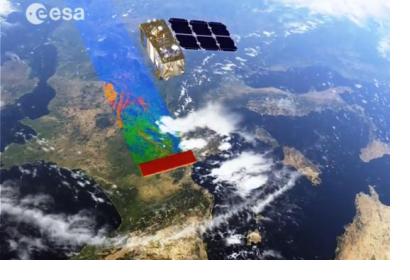Scientists from the Join Research Center collaborating with Google have quantified changes in global water surface which are documented in interactive maps they created for the modifications happening over the past three decades.
They created the Global Surface Water Explorer using more than three million satellite scenes collected between 1984 and 2015 and produced using 10000 computers running at the same time. Each individual image was converted into a set of global maps with a resolution of 30 meters allowing the users to assess changes in the location and persistence of surface water at the local, regional and global levels.
The Explorer shows that water surface have increased during the considered time period. While some 90000 km2 of permanent surface water is disappearing, 180000 km2 of new permanent water bodies are forming in some regions of the world. The decrease is related to drought and human action including river diversion, damming and unregulated use and the increment is connected with accelerated snow-and-glacier melt.
In combination with other measurement tools like satellite altimetry, this information can help to better understand the impact of climate change by estimating the surface of water volumes, river discharge and sea-level rise.
In the future the authors hope that the maps are used in risk, resilience and recovery related to water movement, among others. For the moment the information is used in climate science, water resource reporting and monitoring and commitments to multilateral environmental agreements.
Images from Sentinel-1 and Sentinel-2 will be incorporated to improve the precision and detail of the Explorer’s information.

